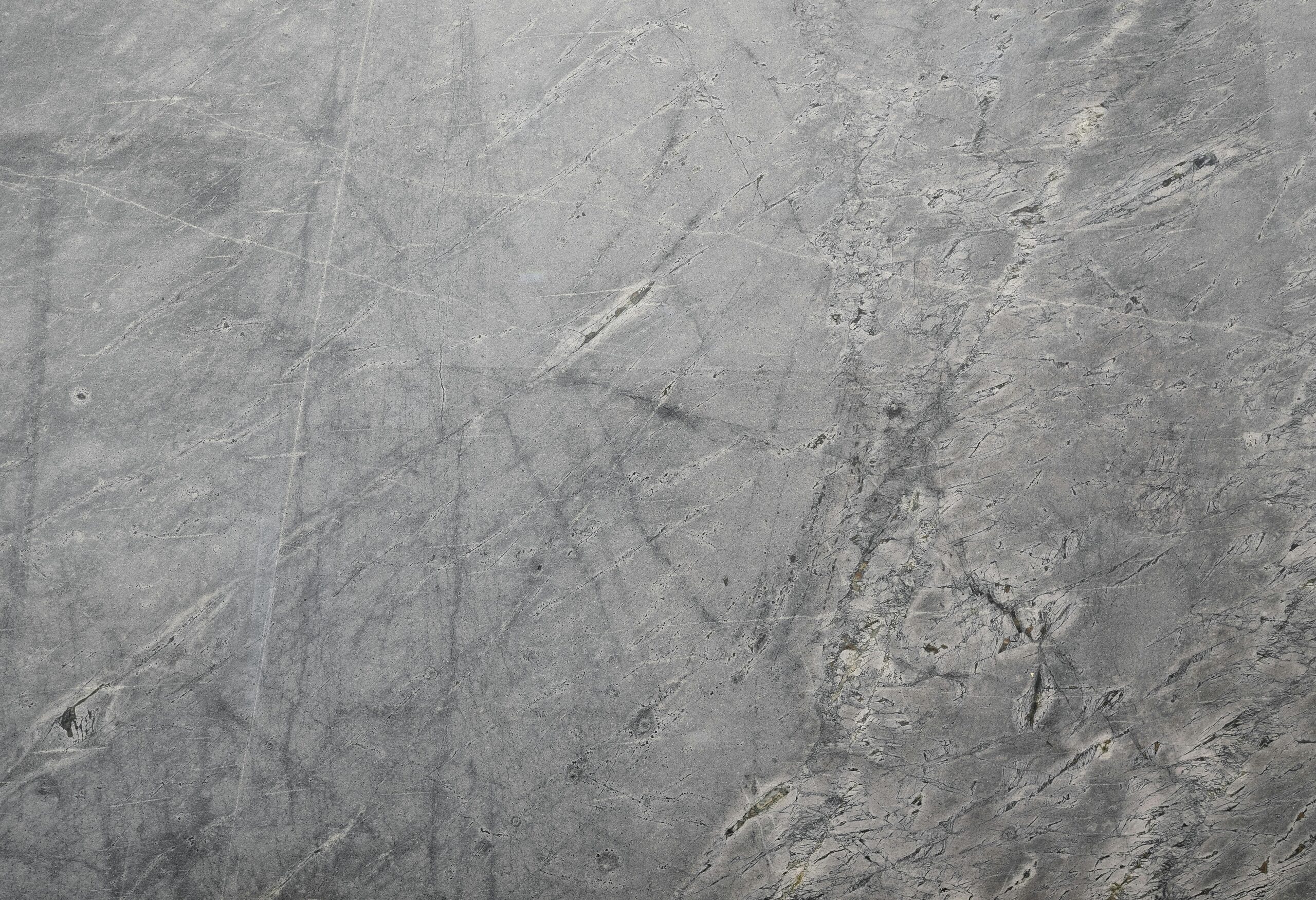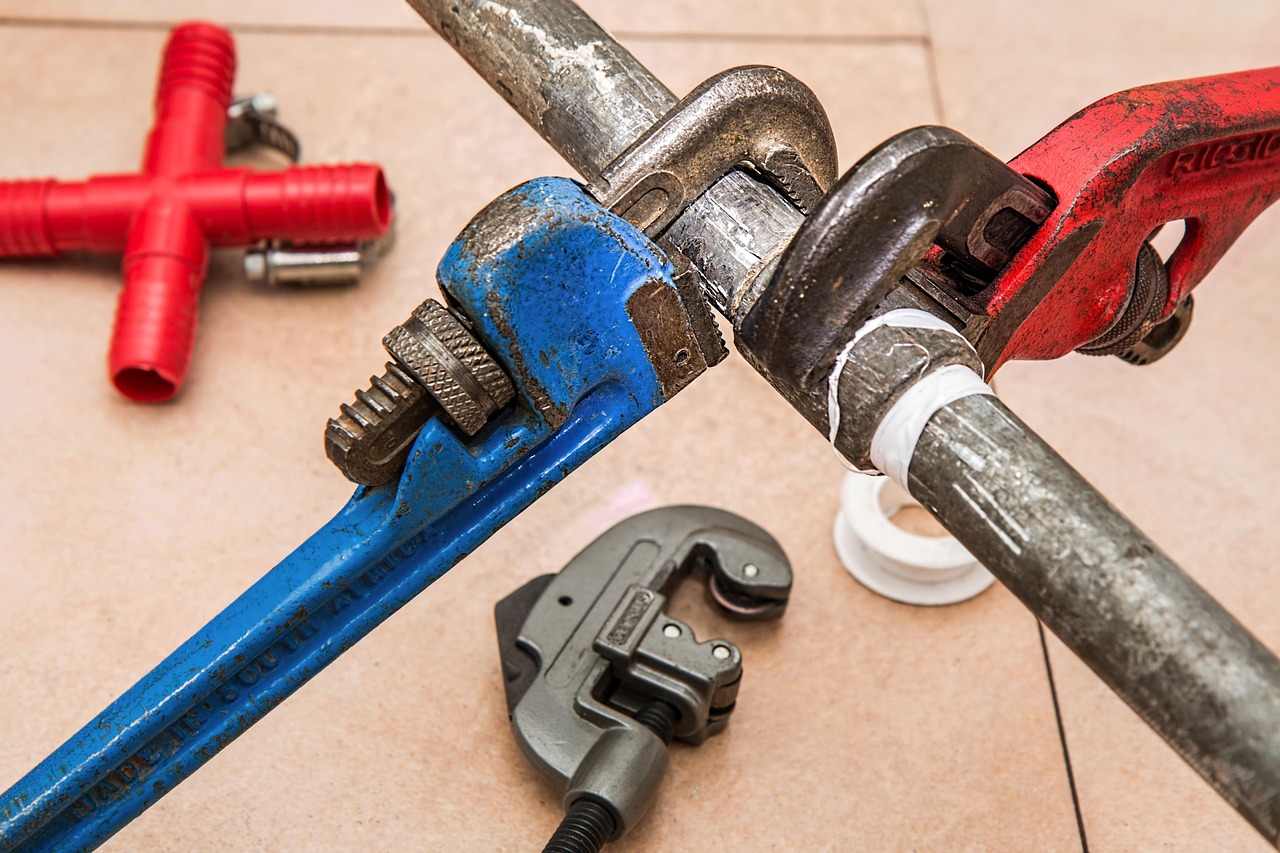Transforming ordinary concrete into stunning polished concrete floors interior has become one of the most sought-after trends in modern home design. This versatile flooring option offers exceptional durability, minimal maintenance requirements, and an aesthetic that ranges from industrial chic to sophisticated elegance. Whether you’re looking to upgrade your basement concrete floor, create a showroom-worthy garage polished concrete surface, or incorporate modern concrete flooring into your main living spaces, understanding the concrete grinding polishing process is essential. This article explores everything you need to know about this transformative flooring option for your home.
The Appeal of Polished Concrete Floors
Polished concrete has evolved from its industrial origins to become a staple in contemporary home design. The appeal lies in its perfect blend of practicality and aesthetics. Unlike traditional flooring options that may wear down or become outdated, polished concrete floors interior spaces maintain their luster and functionality for decades with minimal upkeep. The reflective surface of properly polished concrete amplifies natural light, making spaces appear larger and more inviting. Additionally, concrete’s thermal mass properties help regulate indoor temperatures, potentially reducing energy costs throughout the seasons.
Modern concrete flooring also offers unparalleled customization options. Through different grinding techniques, aggregate exposure levels, and color treatments, homeowners can achieve looks ranging from sleek and monolithic to variegated with exposed stone aggregate patterns. This versatility makes polished concrete suitable for virtually any interior design style, from minimalist and industrial to rustic and traditional settings.
Understanding the Concrete Grinding Polishing Process
The transformation from a plain concrete slab to a gleaming floor involves a methodical concrete grinding polishing process that requires specialized equipment and expertise. The journey begins with an assessment of the existing concrete’s condition, including identifying cracks, stains, or other imperfections that may need repair before proceeding.
The actual process typically starts with coarse diamond grinding to remove surface imperfections and create a level base. Contractors use progressively finer grinding tools in subsequent passes, similar to how wood is sanded with increasingly finer sandpaper. After the initial grinding stages, a chemical hardener or densifier is applied to strengthen the concrete surface and prepare it for polishing.
The polishing phase uses diamond-embedded pads with increasingly fine grits to achieve the desired sheen level – from matte to high-gloss finish. Throughout this multi-step process, dust control systems ensure minimal airborne particles, making this a surprisingly clean renovation option. The final steps include applying stain guards or sealers to protect the surface and enhance its appearance. The entire process transforms what was once a utilitarian surface into a sophisticated flooring solution that can compete with high-end alternatives like marble or terrazzo at a fraction of the cost.
Basement Concrete Floor Ideas
Basements present perfect opportunities for implementing creative basement concrete floor ideas through grinding and polishing. The inherent moisture resistance of properly sealed polished concrete makes it ideal for below-grade installations where other flooring materials might fail. Homeowners can choose from various techniques to elevate these spaces from utilitarian to extraordinary.
For a cozy family room, consider a medium-polish concrete with warm-toned stains or dyes that complement your furnishings. Acid staining creates marbled, variegated patterns that add visual interest and camouflage minor imperfections. For a more dramatic effect, aggregate exposure through deeper grinding reveals the stones within the concrete, creating a terrazzo-like appearance. Some homeowners even incorporate decorative scoring patterns or embed personal mementos like coins, bottle caps, or small artifacts into the surface before polishing for truly unique basement concrete floors.
The practicality of this flooring choice becomes evident during seasonal changes when basements may experience humidity fluctuations. Unlike wood or carpet that might warp or develop mold, properly finished concrete remains stable and hygienic. Professionals from AskHomey can help you determine the best concrete finishing approach based on your basement’s specific conditions.
Garage Polished Concrete Solutions
The garage represents one of the most challenging environments for flooring, with exposure to vehicle traffic, chemical spills, and temperature fluctuations. Garage polished concrete offers a solution that combines exceptional durability with aesthetic appeal. The grinding process removes surface laitance (the weak top layer), revealing stronger concrete underneath. When professionally polished and sealed, these floors resist oil stains, tire marks, and salt damage that would ruin conventional garage flooring options.
Beyond durability, polished garage floors transform utilitarian spaces into extensions of your home’s design aesthetic. The reflective quality of polished concrete enhances visibility by maximizing available light – an important safety feature in workshop environments. For those who use their garages for multiple purposes, from car storage to home gyms or entertainment areas, a professionally polished concrete floor provides a clean, low-maintenance surface that transitions seamlessly between functions.
Maintenance and Longevity
One of the most compelling advantages of polished concrete floors interior applications is their minimal maintenance requirements compared to other flooring options. Regular dust mopping and occasional damp mopping with a pH-neutral cleaner is typically all that’s needed to maintain the surface. Unlike carpeting that harbors allergens or vinyl that can tear, polished concrete offers a hypoallergenic, durable solution that withstands heavy foot traffic, furniture, and even pet claws without showing significant wear.
With proper installation and maintenance, modern concrete flooring can last the lifetime of the building, making it not only an aesthetic choice but a sound investment. Over time, if the shine diminishes, a simple re-polishing process can restore the original luster without the complete replacement that other flooring types might require after a decade of use.
For more tips and to connect with reliable home service professionals, follow AskHomey on Facebook and Instagram.



